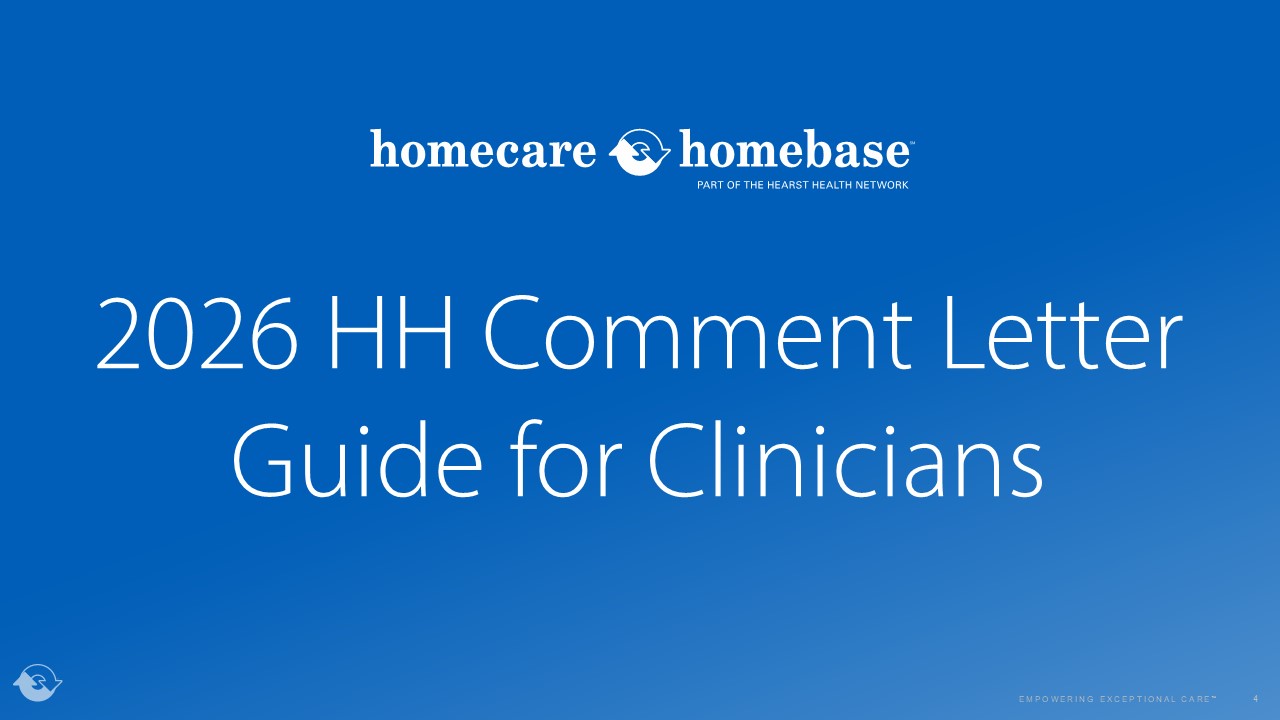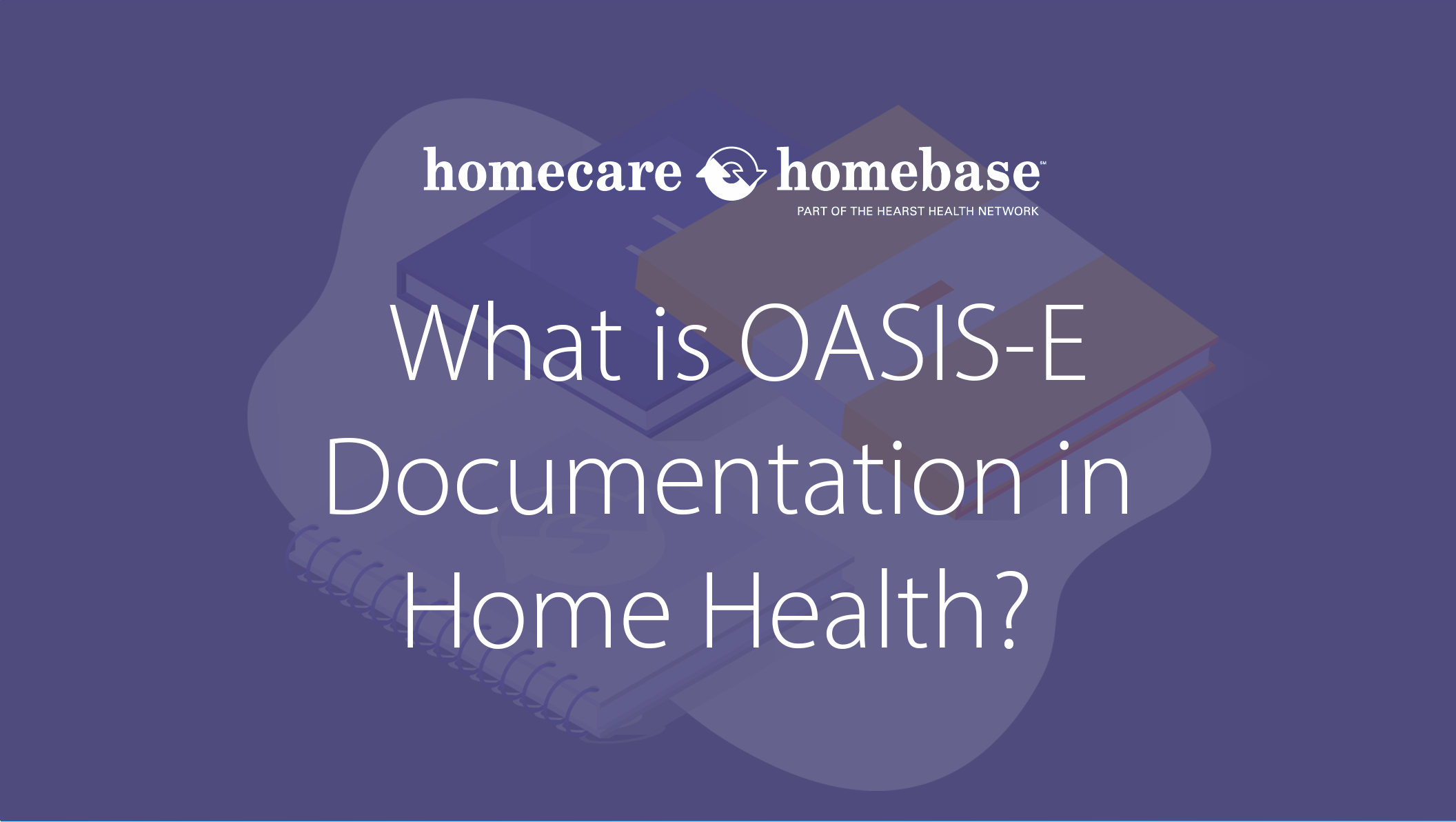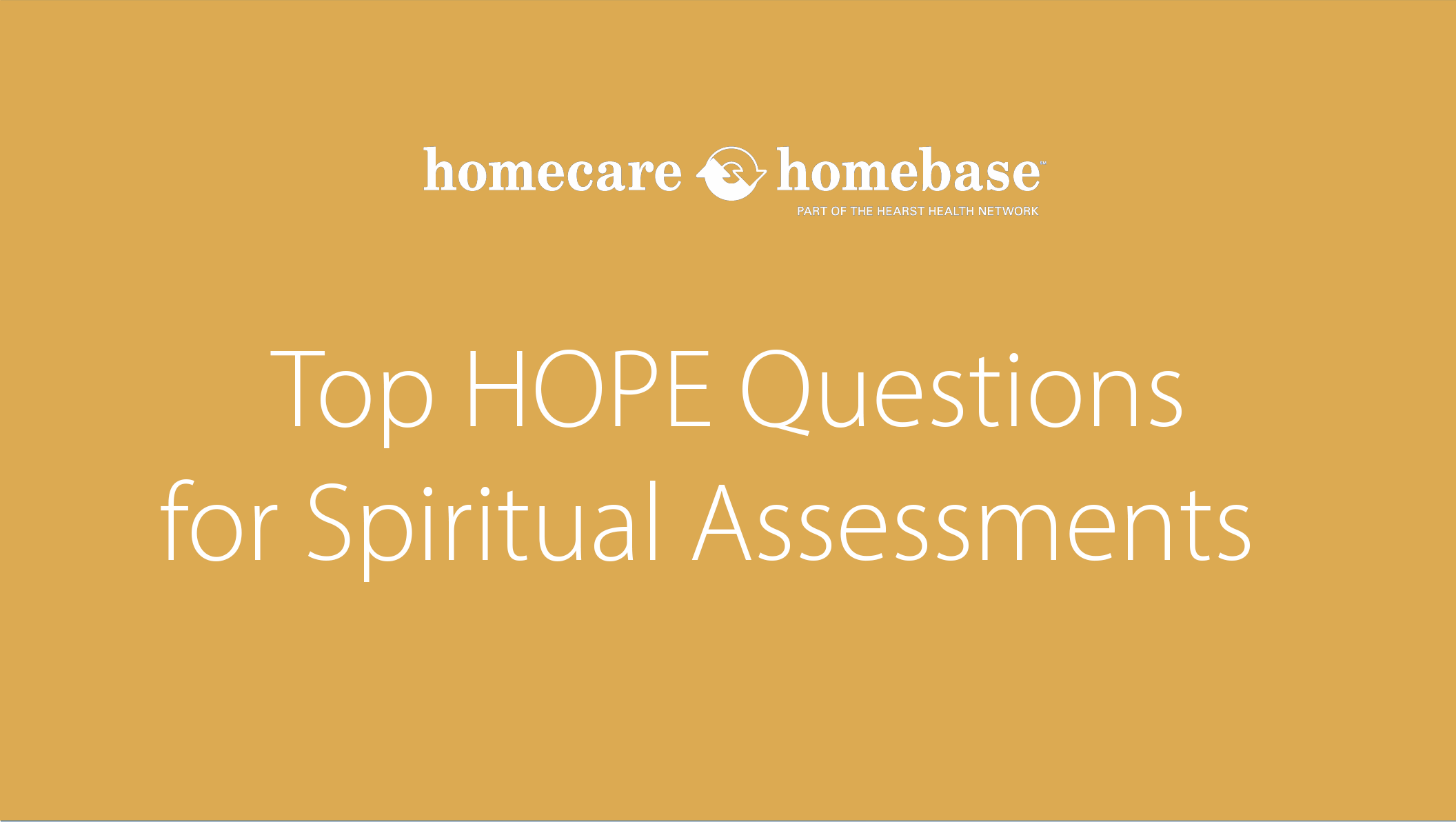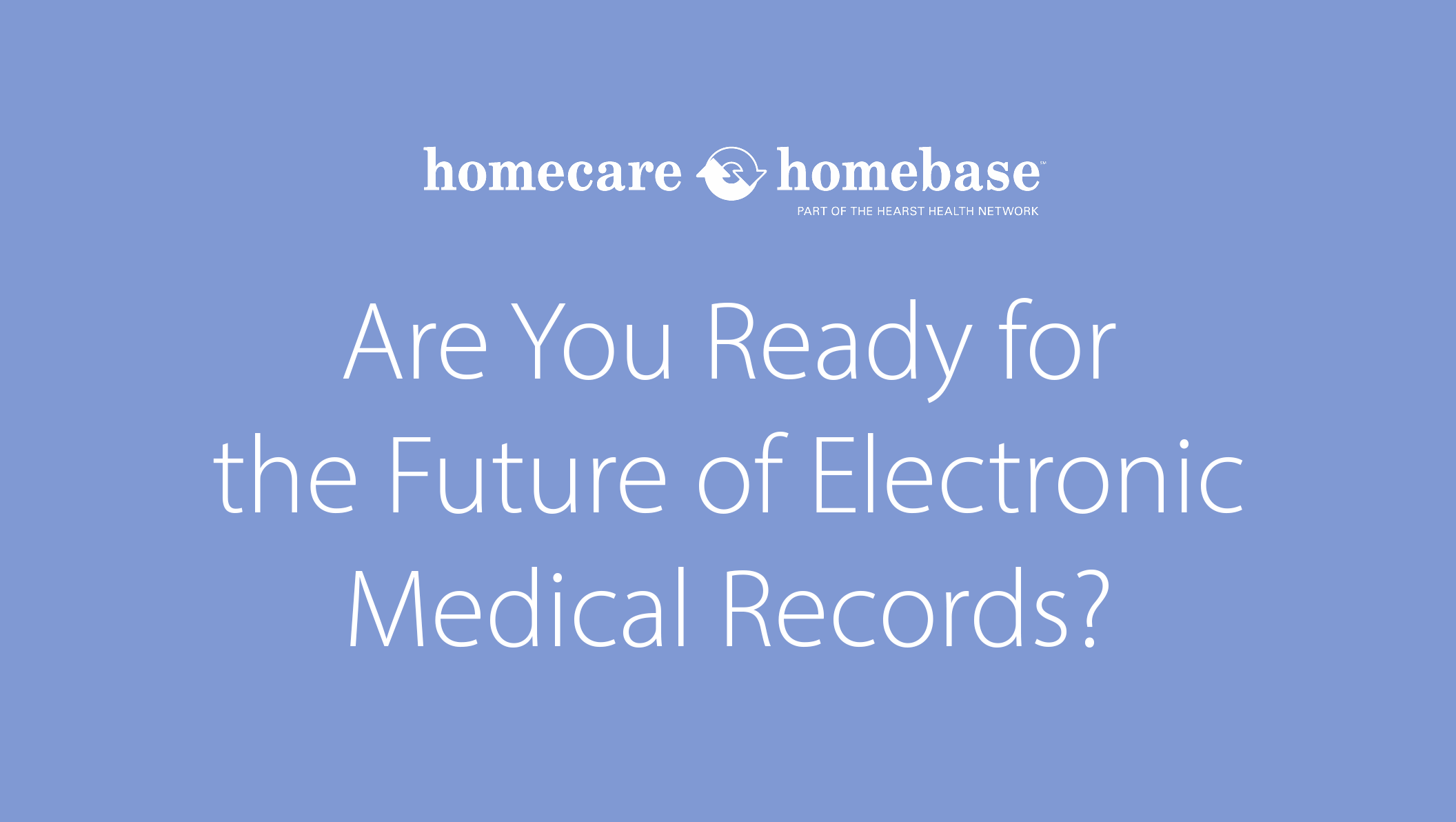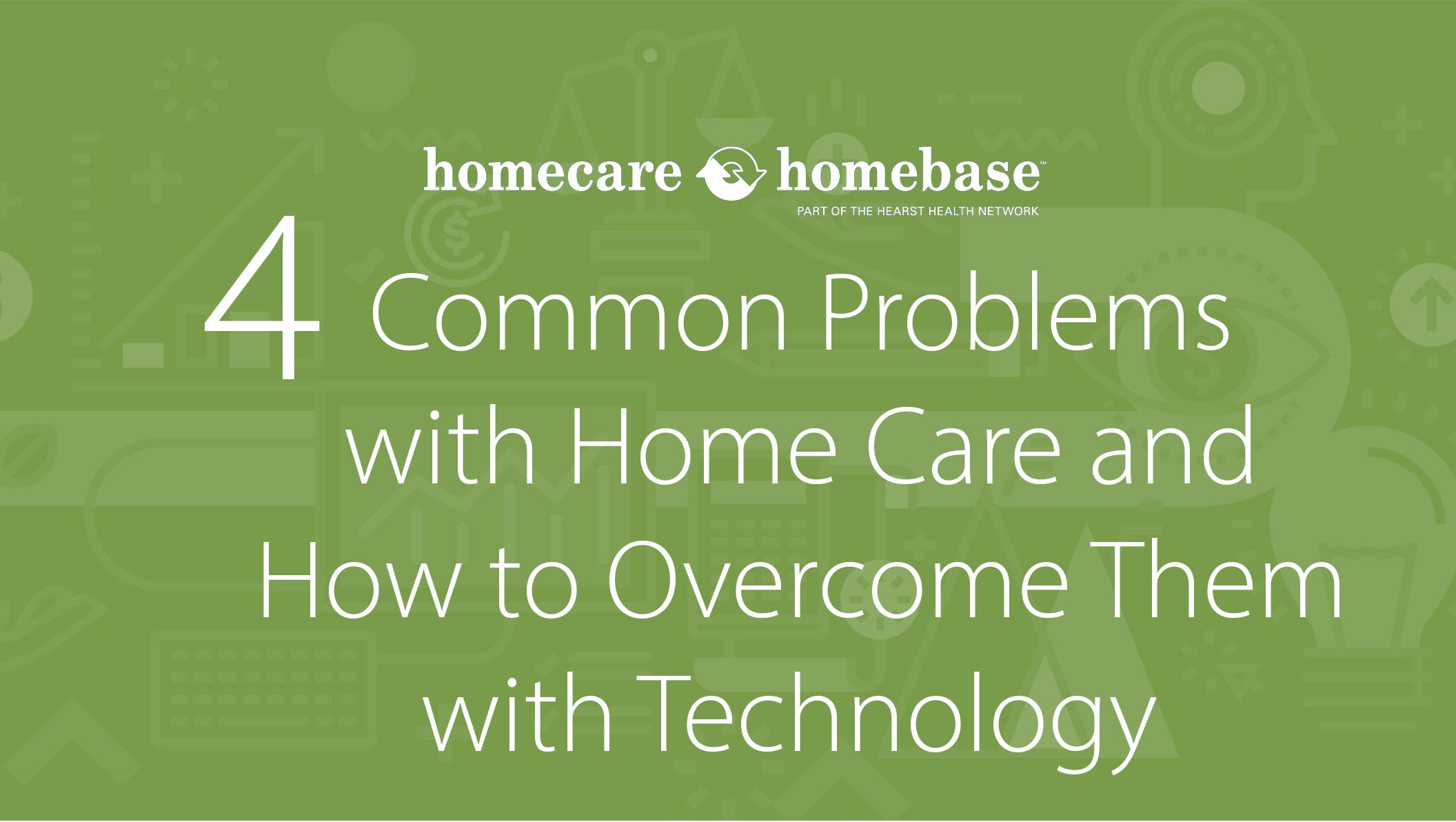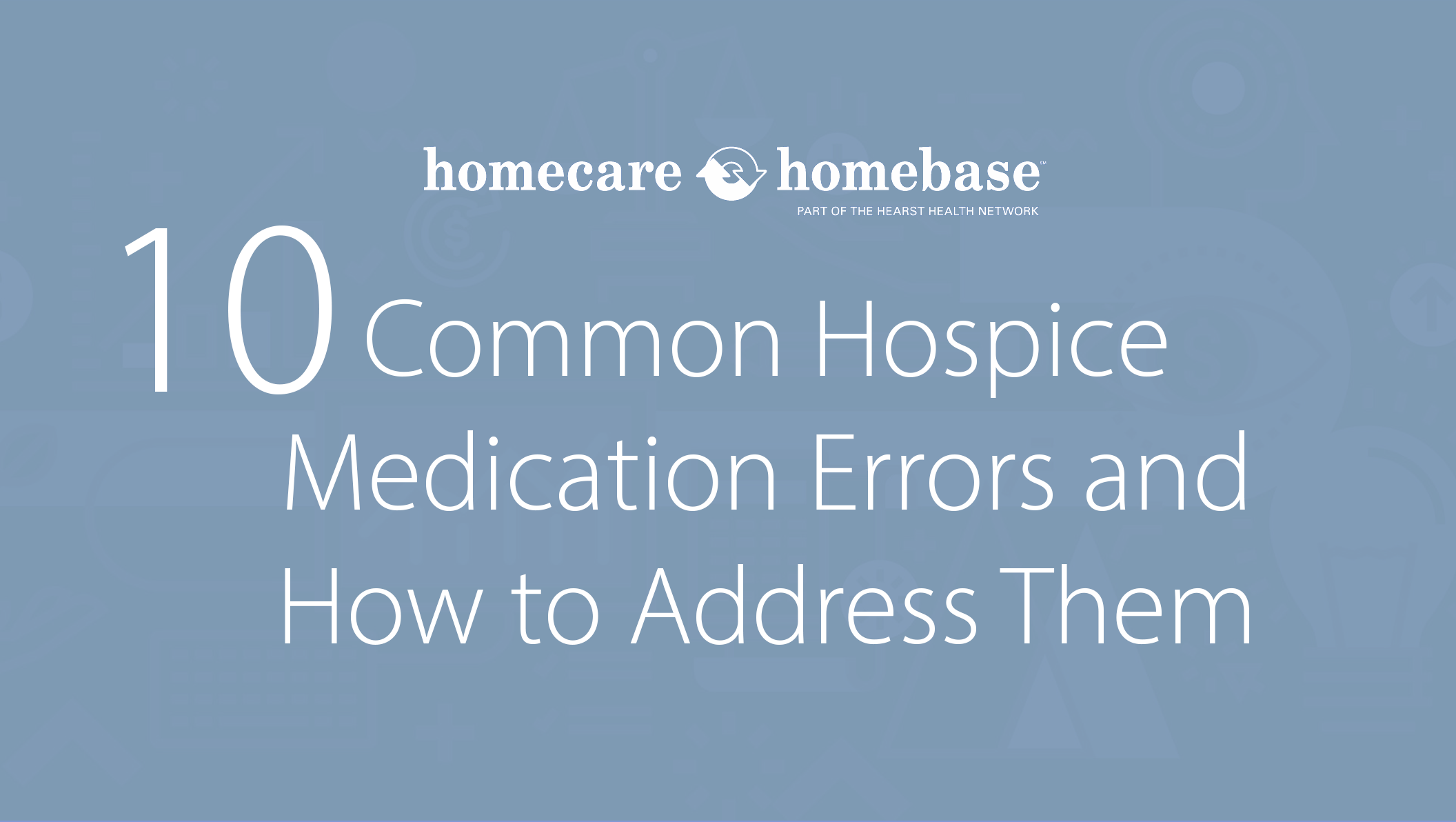In home health, documentation is the story of the patient, the justification for skilled care and the key to accurate reimbursement. Thorough, detailed notes can protect agencies from ADRs and denials, while vague or incomplete documentation can create endless frustration and lost revenue.
With CMS initiatives like Review Choice Demonstration and Targeted Probe and Educate, the pressure on agencies has never been greater. At Homecare Homebase, we have seen agencies wrestle with Additional Documentation Requests (ADRs) and denials, only to discover that small gaps in their documentation created big problems. The solution is preparation.
When clinicians and office staff know exactly what needs to be documented and how to express it in skilled terms, the agency can defend claims with confidence.
Reviewing a sample OASIS documentation example can be helpful as it presents a clear benchmark for what good documentation looks like in practice and how it can be applied across different patient scenarios.
Sample OASIS Documentation
The OASIS assessment is the foundation of every episode of care. When it is accurate, it drives the correct reimbursement and establishes medical necessity in a way that auditors can understand.
The challenge is that OASIS data sets are dense. Patients often present more optimistically than their condition warrants. A well-trained clinician knows how to look past the surface and describe the actual functional status.
Take the initial referral order and physician face-to-face documentation. These must be signed and tied directly to the primary diagnosis. If state practice acts allow, nurse practitioners or physician assistants may sign, but the rule varies from state to state.
After that, accuracy in the OASIS data sets becomes key. The record must represent the patient’s real condition. Even slight inaccuracies can shift reimbursement and trigger ADRs.
The assessment tells the “why” behind skilled care. Does the OASIS line up with what the clinician sees? Is the narrative strong enough to show medical necessity?
OASIS Documentation Samples
Examples are the best way to see what strong OASIS notes look like in practice. Below are samples of OASIS documentation excerpts that highlight how structured fields and skilled narrative work together to create a complete record.
These excerpts demonstrate how structured fields like diagnosis codes and OASIS items work hand in hand with skilled narrative notes. Each example shows why the patient requires skilled care, which is exactly what payers and auditors look for when reviewing claims.
OASIS Documentation Sample (Excerpt 1)
Patient Name: John Smith
MRN: 102984
Date of Assessment: 09/19/2025
Assessor: RN Jane Doe
M1021/M1023: Primary and Other Diagnoses
- Primary Diagnosis: Type 2 Diabetes Mellitus, uncontrolled (E11.65)
- Other Diagnoses:
- Hypertension (I10)
- Peripheral neuropathy (G62.9)
- History of right foot ulcer (L97.419)
M1030: Therapies the Patient Receives at Home
☑ Insulin injections
☑ Oral medications
☑ Glucose monitoring
M1400: Dyspnea (shortness of breath)
Dyspnea with moderate exertion (walking 20 feet indoors).
M2020: Management of Oral Medications
Patient requires setup assistance due to mild vision impairment and occasional forgetfulness.
M2030: Management of Injectable Medications
Patient is able to self-administer insulin with supervision.
Clinical Narrative (RN Note)
Patient is a 72-year-old male admitted for skilled nursing services related to diabetes management and hypertension. Patient ambulates with a cane and demonstrates shortness of breath on moderate exertion. Blood glucose levels remain elevated in the 220–250 mg/dL range.
Patient requires assistance with medication setup and reinforcement of diabetic teaching. Skilled nursing will provide education on glucose monitoring, diet and insulin administration. Patient demonstrates motivation to learn and has strong family support from spouse, who assists with daily care.
OASIS Documentation Sample (Excerpt 2)
Patient Name: Maria Lopez
MRN: 204781
Date of Assessment: 09/12/2025
Assessor: PT David Allen
M1021/M1023: Primary and Other Diagnoses
- Primary Diagnosis: Status post lumbar fusion (Z98.1)
- Other Diagnoses:
- Chronic low back pain (M54.50)
- Osteoarthritis, hips (M16.0)
M1860: Ambulation/Locomotion
Patient requires assistance with a walker, able to ambulate 40 feet indoors with a contact guard.
M1242: Frequency of Pain Interfering with Activity or Movement
Daily pain episodes, intensity rated 6/10, aggravated by standing and transfers.
M1830: Bathing
Requires assistance for transfers into the tub and steadying during bathing.
Clinical Narrative (PT Note)
Patient is a 71-year-old female recovering from lumbar fusion. Reports ongoing muscle spasms and radiating nerve pain, limiting mobility. Transfers require moderate assistance due to poor balance, decreased stance time and toe drag on the right lower extremity.
Patient demonstrates difficulty with dynamic balance and is unable to ambulate while carrying objects safely. Skilled therapy will address gait training, safe transfer, and strengthening. Patient remains at high fall risk and requires ongoing skilled intervention to reduce risk and improve independence.
OASIS Documentation for Dummies: Training and Tools
Even the most experienced clinicians benefit from resources that simplify complex requirements. The idea of OASIS documentation for dummies is about creating tools that remind staff what reviewers expect. These guides outline which pieces must be present, how to use skilled language and how to avoid contradictions in the record.
Nursing visit note templates prompt clinicians to document functional progress, pain management and safety risks in skilled terms. They save time while pushing for accuracy. The key is using them as prompts rather than shortcuts.
The clinician still must “tell the story” of why care is medically necessary. When paired with ongoing training and auditing, templates help agencies strengthen both compliance and efficiency.
The Power of Preparation
There is an old saying: if you are prepared, you will not fear. That applies directly to OASIS documentation. When an ADR arrives, the agency that has detailed records, organized checklists and skilled auditors on hand does not panic.
Preparation also means investing in staff education. Many clinicians underestimate the impact of their words on reimbursement. Teaching them to use skilled language, update problem lists and tie every note to medical necessity changes the game. It improves both patient outcomes and agency stability.
Skilled Language Matters
One of the most common weaknesses in OASIS documentation is the use of vague or unskilled language. For instance, writing “patient ambulated with walker” does not explain why a skilled clinician was needed.
Instead, the note should describe gait in detail: shuffling, low foot clearance, decreased stance time or stagger on turns that required moderate assistance. The reviewer then sees what happened and also why it required professional intervention.
The same applies to transfers and balances. Saying “patient transferred with assistance” is not enough. Skilled documentation explains motor control, body mechanics and the adaptations required for safety. If the patient spreads their arms, grabs furniture or wavers upon standing, that detail belongs in the note.
Pain should be recorded with its timing, intensity and relationship to mobility. Dynamic balance notes should highlight the ability or inability to self-correct under stress. These specifics transform a generic note into one that defends medical necessity.
Moving Documentation Forward
Documentation can feel overwhelming. Homecare Homebase offers tools and training that make it easier to get it right the first time. Our documentation solutions help clinicians complete records accurately and ease documentation without cutting corners.
Adapting to the latest CMS standards? Our OASIS E for home health solution keeps every update at your fingertips. We combine technology with real-world expertise to help agencies reduce denials, protect revenue and strengthen patient care.
Documentation involves telling the patient’s story in a way that payers, auditors and care teams can all understand. It is about protecting the agency’s hard work while securing the resources needed for ongoing care.
If your agency wants to take documentation to the next level, partner with us. Reach out today, so we can help you provide high quality care.

